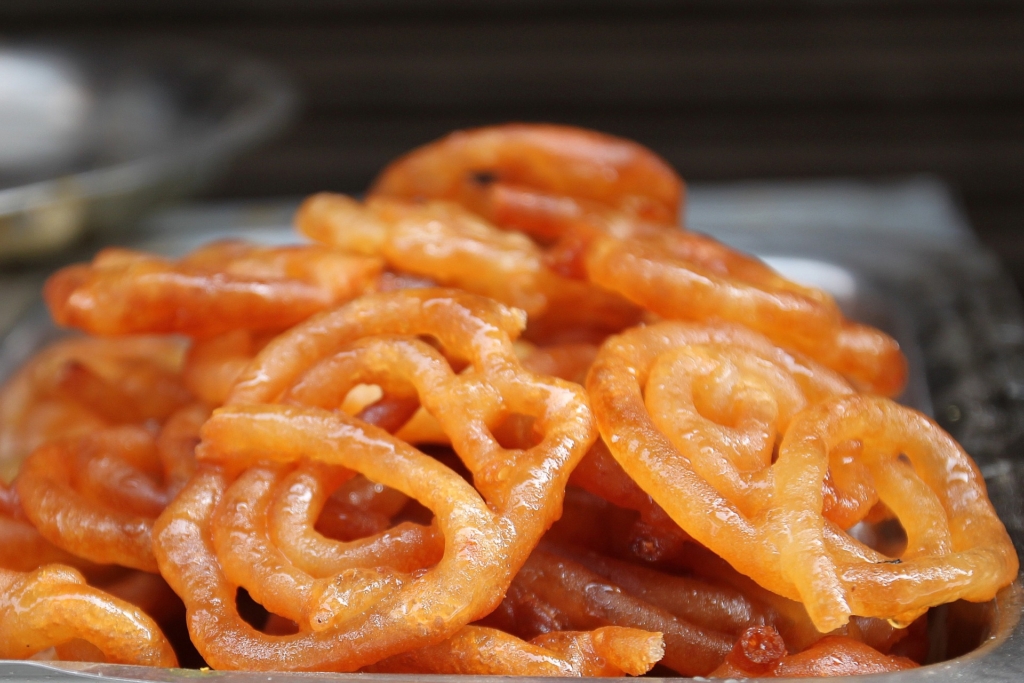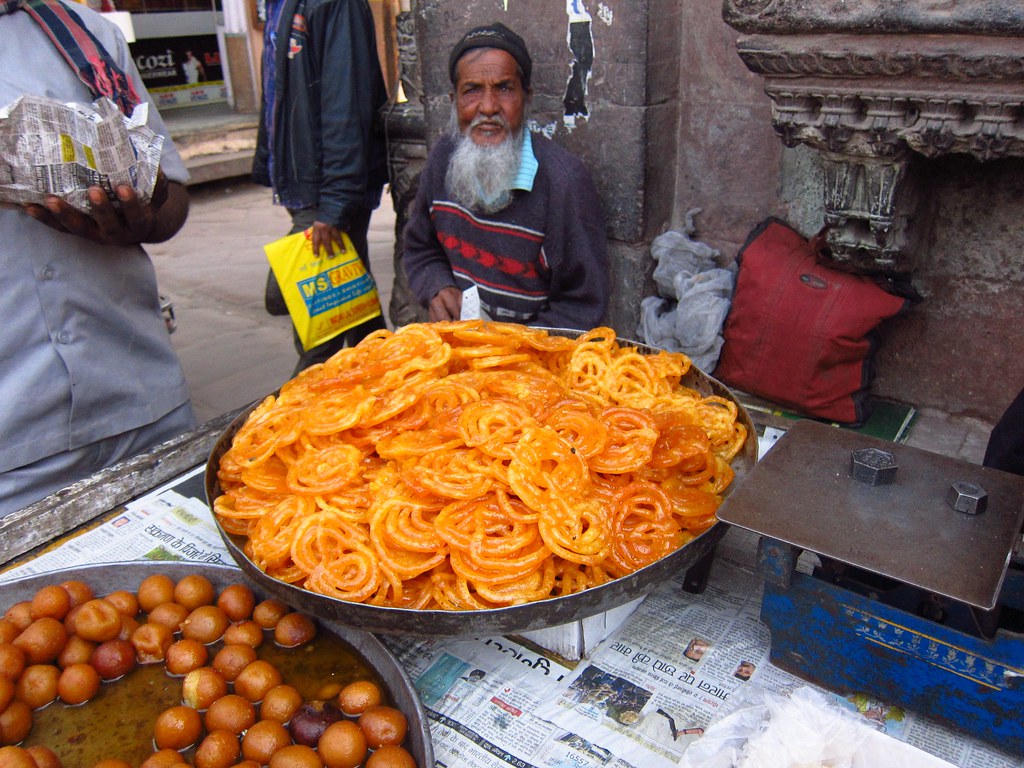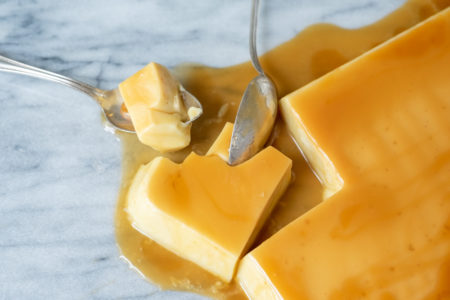Crisp, juicy, and incredibly sweet, jalebi is considered the national sweet dish of India because of its huge fan base. Whether savored as a hot dessert or paired with a glass of warm milk for breakfast, jalebi never fails to please the taste buds.
What is Jalebi?
Jalebi is a popular sweet from the Indian subcontinent that’s known for its captivating appearance of round bright orange spirals. It’s similar to a funnel cake but more coiled and syrupy. Jalebi is prepared by deep-frying flour batter followed by dousing them into a fragrant sugar syrup.
Interestingly, Indian and Pakistani writers have been using Jalebi as a poetic reference and metaphor for complicated things and demanding beings for years because of its twisted appearance.

The many names of Jalebi
It’s a versatile confection that’s enjoyed in multiple regions of the world, but sold under different names. For instance, it’s called jerry in Nepal, zlabia in North Africa, zalabia in most of the Middle East, zoolbia in Iran, zulbiya in Azerbaijan, zilēbi in the Maldives, gateau moutaille in Mauritius, and mushabak in Ethiopia.
What does Jalebi taste like?
Jalebi is firm, greasy, crunchy, and somewhat chewy due to the crystallized sugar exterior. The warm, soft, and melting sugary interior pops into the mouth with each bite, giving off a gooey, crisp, and comforting feel. Jalebi can be found available in mild-sweet, super sweet, and sugar-free flavors as well in many sweet shops across Pakistan. Jalebi is addictive because of its high sugar content and is often enjoyed at festivals, weddings, and national holidays all over South Asia.
How is Jalebi made?

The Jalebi batter is prepared by mixing white flour, cornflour, baking powder, and yogurt with water until it reaches a drippy consistency, and is left to ferment for twelve hours. The fermented batter is then poured into a piping bag for making spirals or a pretzel-shape of jalebi into hot oil or desi ghee. After being deep-fried, the jalebis are soaked in either honey or sugar syrup that’s flavored with rose water, kewra (pandanus flower extract), cardamom, saffron, and lime juice. The jalebis are taken out of the syrup after exactly three minutes, and ready to be eaten while still warm. Here’s an authentic jalebi recipe to try out for yourself!
Jalebi Uses
Jalebis can be savored hot or cold depending upon personal preferences. However, jalebi can be seen selling while piping hot over the stalls, sweet shops, and by street vendors, and pushcarts all over Pakistan, India, and Bangladesh. Jalebi is treated as a dessert, a tea-time snack, as well as a breakfast meal when dipped into warm milk just like cereals. In Nepal, locals like to eat jalebi for breakfast with swari, a form of fried flatbread accompanied with a hot cup of masala chai.

Feature Image: Flickr user AdamCohn ( CC BY-NC-ND 2.0 )



